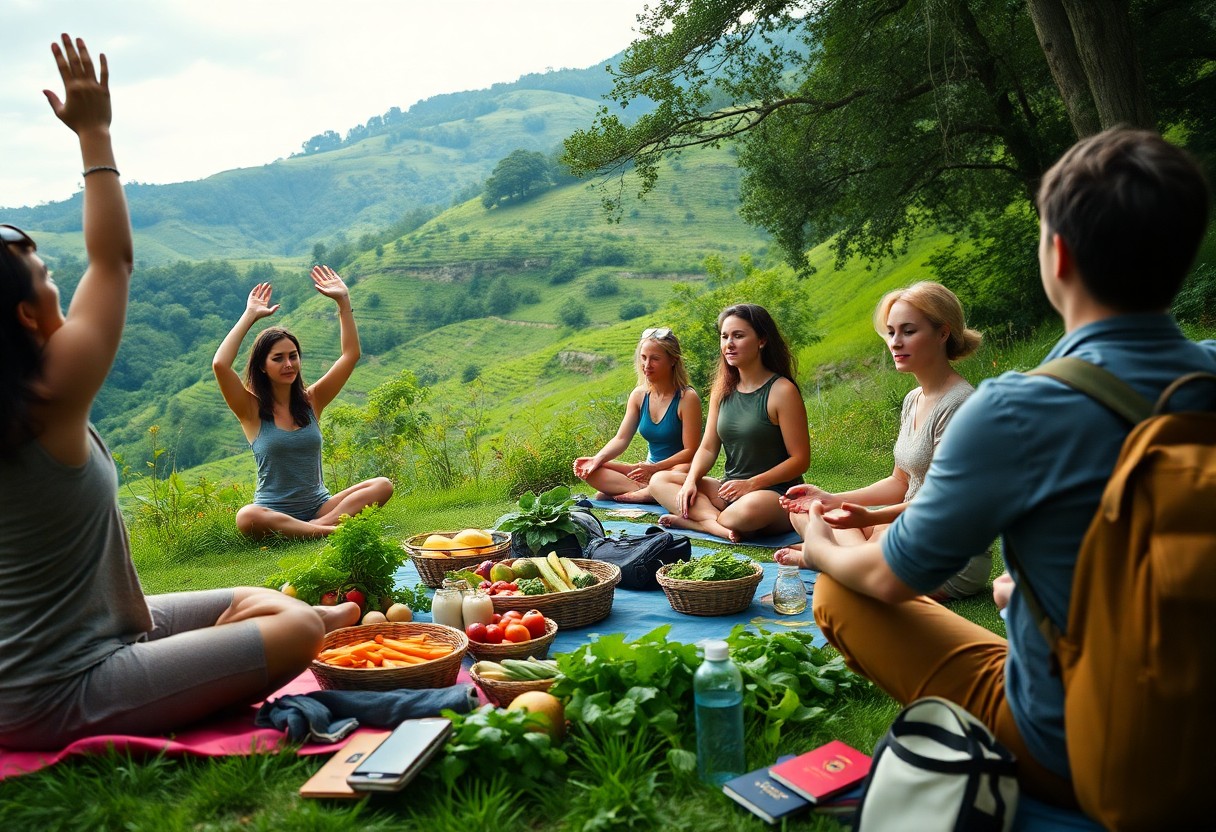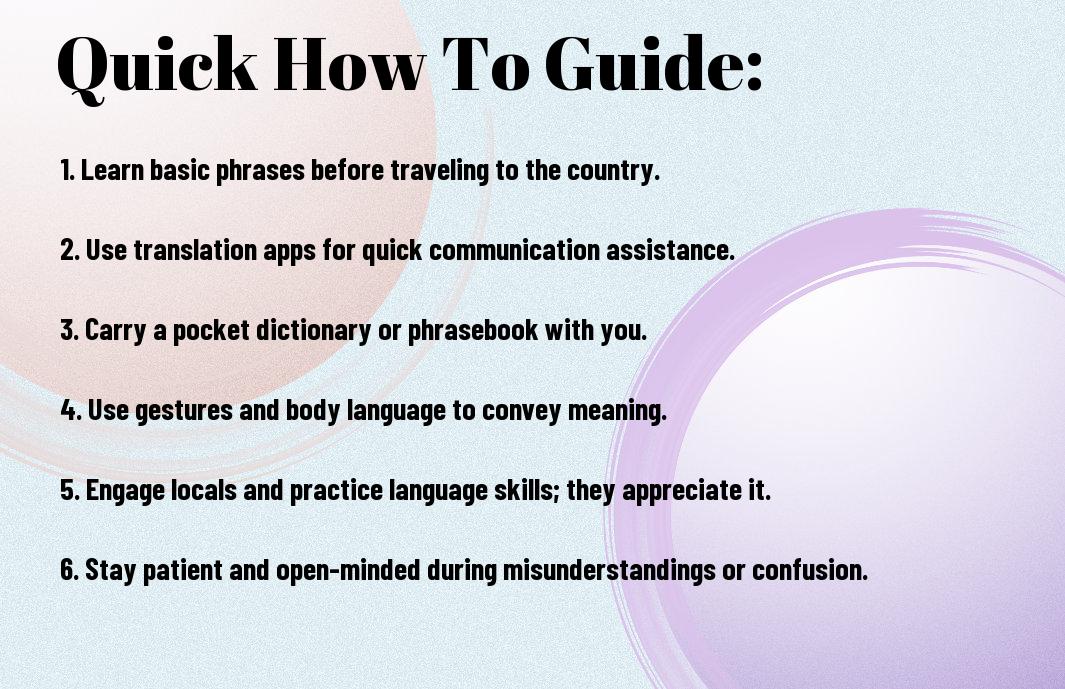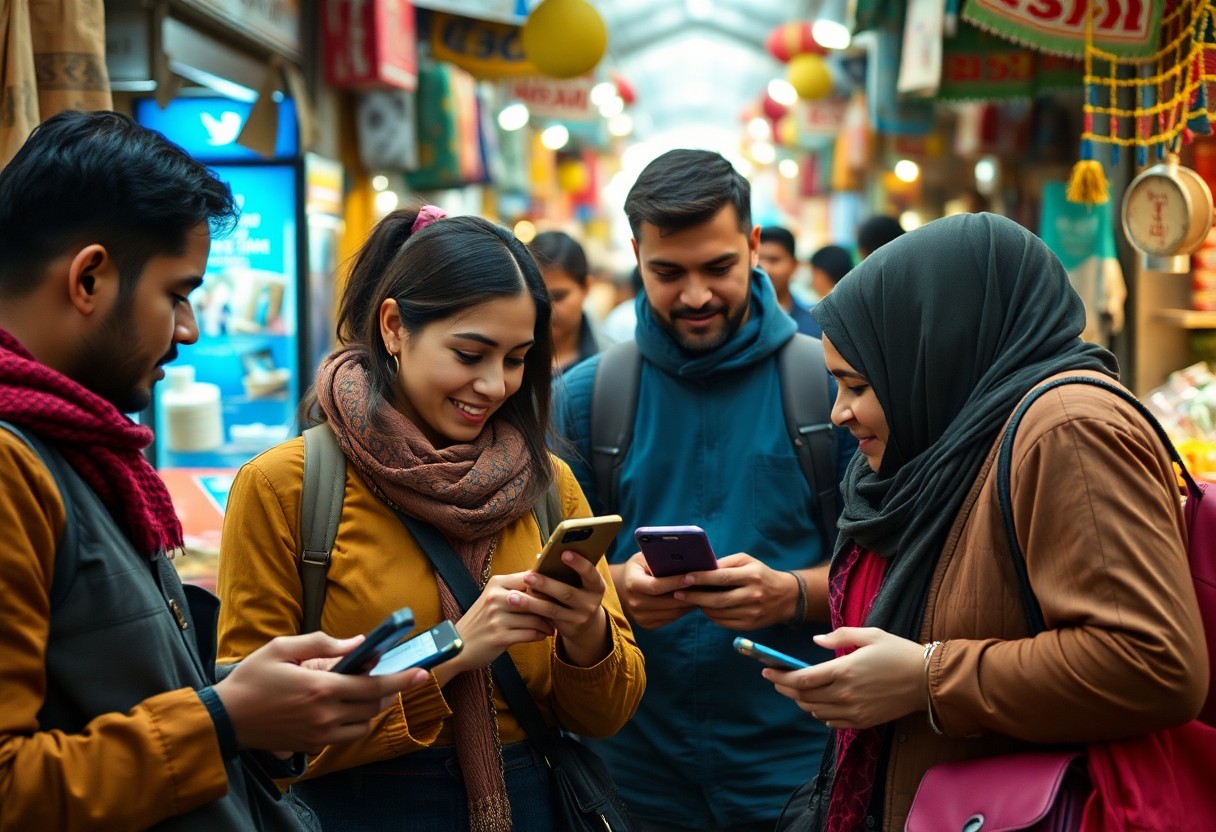There’s a world of culinary adventures waiting for you, and discovering the best international food experiences can elevate your travels to a whole new level. From street food stalls to Michelin-starred restaurants, knowing where to look and how to connect with local flavors can make all the difference. In this guide, you’ll learn the tips and techniques to seek out authentic and unforgettable dining experiences that will delight your palate and enrich your cultural understanding.
Key Takeaways:
- Research Local Cuisine: Understanding the traditional dishes and ingredients of a region enhances your food experience.
- Seek Authenticity: Look for eateries that are popular with locals rather than tourist hotspots for a genuine taste.
- Participate in Cooking Classes: Engaging in hands-on experiences allows you to learn about the culture while enjoying its cuisine.
- Utilize Food Apps: Leverage technology to discover top-rated restaurants and street food options from both locals and other travelers.
- Attend Food Festivals: Check for local food events to sample a variety of dishes and interact with chefs and food enthusiasts.
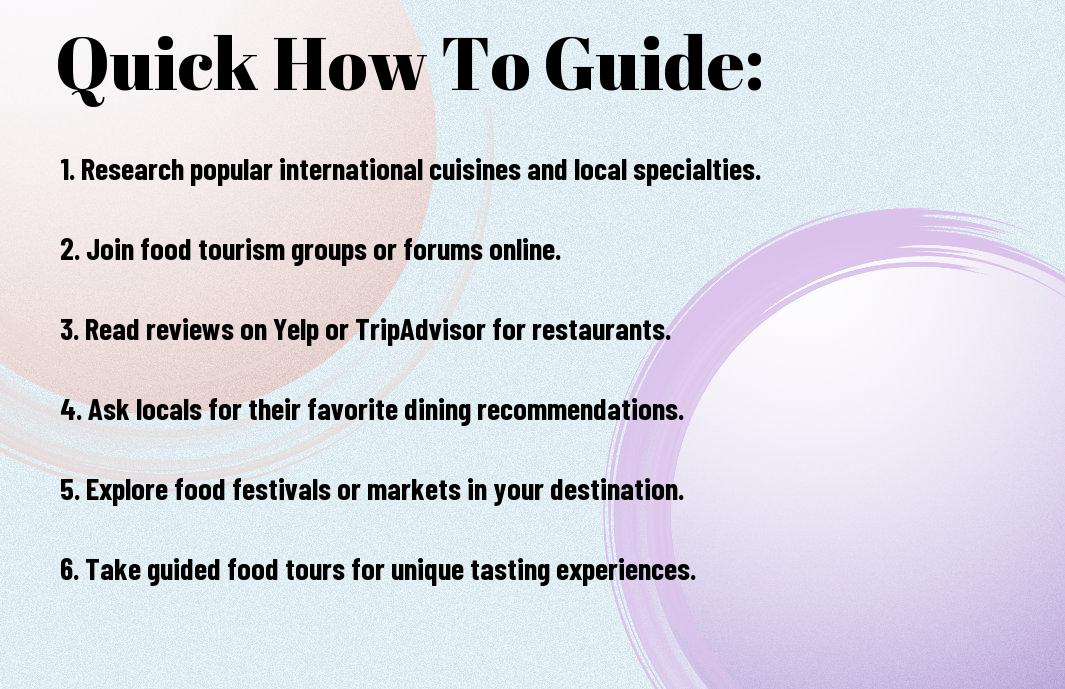
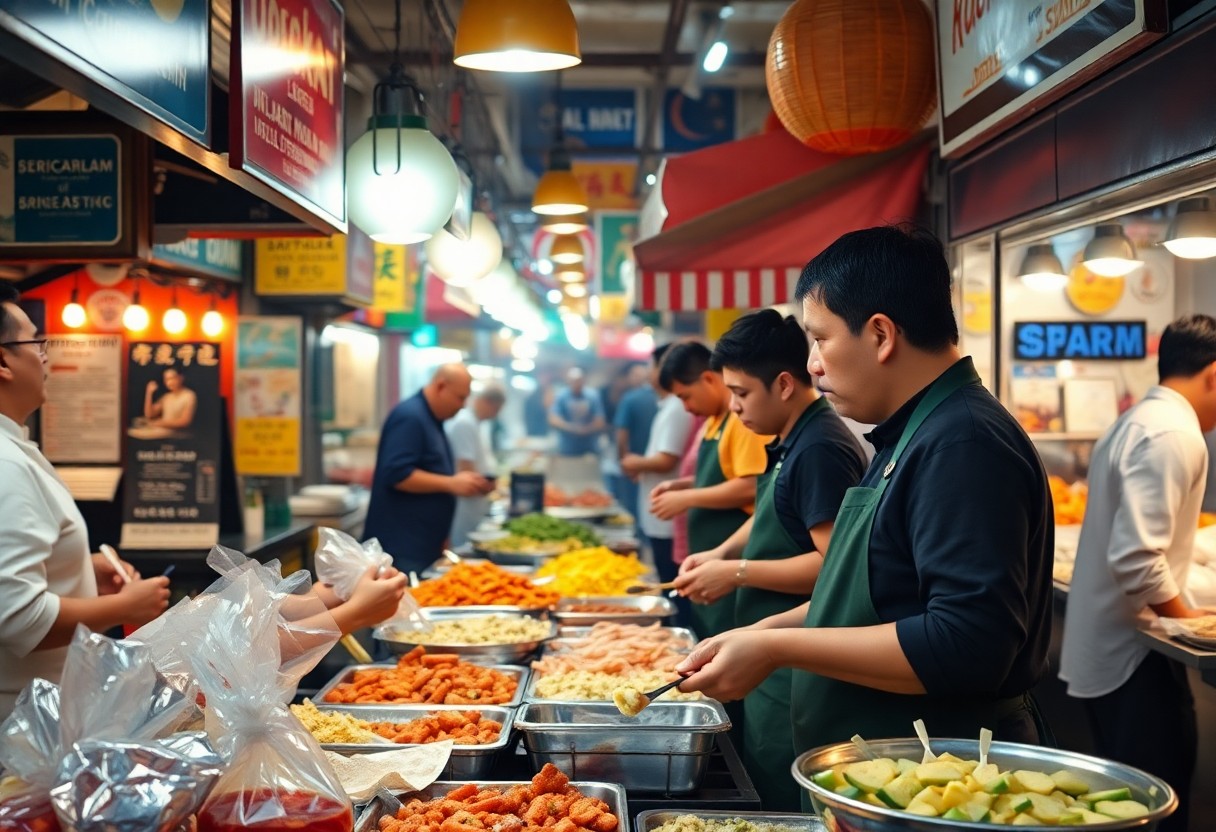
Understanding International Food Experiences
The world of international food experiences is a vibrant tapestry of flavors, cultures, and traditions. When you commence on a culinary journey, you are not just tasting dishes; you are experiencing the history and heritage that shape a community’s identity. This understanding enhances your appreciation of the food, allowing you to connect with the people and places behind each meal.
Defining International Cuisine
Food is a universal language that transcends borders, providing a window into diverse cultures. It encompasses regional ingredients, cooking techniques, and traditional flavors that define a place’s culinary landscape. By exploring international cuisine, you not only indulge your taste buds but also engage with the stories and customs that influence how and why food is prepared in different societies.
The Importance of Authentic Experiences
Authentic experiences elevate your culinary adventures, allowing you to savor meals as they were intended. When you seek out genuine international food experiences, you foster a deeper connection with the local culture and traditions that shape these dishes. This authenticity enriches your understanding of the cuisine and enhances your overall enjoyment.
For instance, dining at a family-owned restaurant in a small village can lead to a meal prepared with recipes passed down through generations. This setting offers you the chance to taste dishes that reflect local ingredients and cooking methods, providing a level of connection and appreciation that can be hard to find in tourist-driven spots. By prioritizing authenticity, you ensure that your culinary journey is not just about the food, but also the richness of the surrounding culture.
How to Choose the Right Destination
Now that you’re ready to launch on your culinary adventure, selecting the right destination is key. Think about what type of cuisine excites you, whether it’s the spicy flavors of Southeast Asia or the rich pastas of Italy. Consider the cultural experiences available, local festivals, and food markets, as these can enhance your journey. Ultimately, the right destination matches your taste buds, interests, and budget, ensuring an unforgettable gastronomic experience.
Researching Culinary Hotspots
While it’s tempting to book the first trip that comes to mind, thorough research into culinary hotspots is imperative. Explore food blogs, travel guides, and social media platforms for recommendations that highlight cities renowned for their unique food scenes. Don’t just stick to popular destinations; hidden gems often offer authentic experiences that bigger cities may lack. Utilize forums and local insights to discover where locals dine, which can lead you to remarkable food adventures.
Local Ingredients and Traditions
To truly appreciate a cuisine, investigate into the local ingredients and traditions that shape it. Identifying what’s in season and finding out about the historical influences on regional dishes can deepen your understanding and enjoyment of the food you’ll encounter.
Understanding local ingredients and traditions not only enhances your culinary experience but also connects you to the culture of the place you are visiting. Each region boasts its own specialties that reflect the landscape and climate; for example, Mediterranean diets emphasize fresh vegetables and olive oil, while tropical regions may focus on fruits and seafood. Engaging with local food producers and participating in traditional cooking classes can provide insight into the techniques and stories behind the dishes. This immersive approach allows you to appreciate the flavors in a personal and intimate way, enriching your overall travel experience.
Tips for Finding Authentic Restaurants
Keep your eyes open to discover the best authentic dining experiences. Consider these tips:
- Look for busy places frequented by locals.
- Check menus for regional specialties.
- Ask locals for their favorite spots.
- Follow food blogs and social media accounts dedicated to the area.
Thou shalt appreciate the true flavors of the world with these simple strategies.
Reading Reviews and Recommendations
If you want to ensure a memorable dining experience, investigate into online reviews and seek personal recommendations. Websites and apps like Yelp and TripAdvisor can provide insights into the atmosphere, quality, and authenticity of dining options. Pay attention to details in reviews, such as mentions of homemade dishes or special cooking techniques that hint at genuine cuisine.
Engaging with Local Food Communities
Food communities can offer unparalleled insights into authentic cuisine. Connect with food forums, attend local food festivals, and join culinary workshops to immerse yourself in the local culture. These interactions can lead you to hidden gems that you might not discover through traditional channels.
For instance, participating in cooking classes or food tours can greatly enhance your understanding of local food culture. Engaging with local chefs and food enthusiasts allows you to ask questions and learn directly from the source. You’ll often find that they have recommendations for restaurants that are not only authentic but also lesser-known, offering a unique taste of the local flavors. Sharing meals with locals can further enrich your dining experience, making every bite meaningful.
Factors to Consider for Unique Experiences
Not every food experience is the same; various elements can significantly enhance your culinary adventure. Consider the following factors when searching for unique opportunities:
- Destination authenticity
- Local ingredients
- Chef’s background
- Food preparation methods
- Community involvement
Any one of these factors can bring depth to your dining experience and connect you more deeply to the culture you’re exploring.
Cultural Festivals and Food Tours
Now is the perfect time to immerse yourself in cultural festivals and food tours that showcase local cuisine. These events are often vibrant, featuring traditional dishes, chef demonstrations, and street food stalls that allow you to sample a variety of flavors. Engaging with locals will not only expand your palate but also provide you with insights into the historical context of the dishes being served.
Cooking Classes and Local Markets
One of the most enriching experiences you can enjoy while traveling is participating in cooking classes and visiting local markets. These activities allow you to learn firsthand about the ingredients and techniques used in regional cooking, providing a deeper understanding of the culture. You can shop alongside local chefs and vendors to select fresh produce and spices, enhancing your sensory experience.
Experiences in cooking classes and local markets offer you an intimate look at a destination’s culinary secrets. As you prepare local dishes under the guidance of skilled chefs, you’ll not only sharpen your cooking skills but also connect with the local culture. By gathering ingredients from bustling markets, you get to interact with vendors who often share their stories, traditions, and tips, making your culinary journey truly unforgettable.
Planning Your Food Journey
All great food experiences begin with careful planning. Start by researching the local cuisine and culinary customs of your destination. Consider what types of food you wish to explore—street food, fine dining, or traditional home-cooked meals. Additionally, seek recommendations from trusted sources like food blogs, social media groups, and locals to uncover hidden gems. Effective planning allows you to fully immerse yourself in the culture through its flavors, enhancing your overall travel experience.
Creating an Itinerary Around Food
The best itineraries are built around not just must-see sights but also must-taste bites. Allocate time for food tours, cooking classes, and visits to local markets, ensuring you’re not rushed while savoring each meal. Incorporate a balance of ethnic restaurants, street food stalls, and local delicacies to create a well-rounded culinary adventure. By prioritizing your food experiences, you can ensure they are an integral and delightful part of your trip.
Timing Your Visits to Cater to Local Practices
Even the timing of your visits can enhance your food journey. Understanding local dining customs can lead to a more authentic experience. For instance, some cultures enjoy meals later in the evening, while others might have breakfast at dawn. You can find out when food markets operate or specific events like food festivals occur by checking local calendars. Align your schedule with local food practices for a richer culinary experience.
Food plays a pivotal role in the social and cultural fabric of any destination. By timing your visits to accommodate local dining traditions, you gain a deeper appreciation for the cuisine. Engaging with locals during their typical mealtimes, attending festivals, or simply wandering through bustling markets at peak hours allows you to witness the lively atmosphere and vibrant flavors of the locale. Understanding when to visit can elevate your experience and allow you to enjoy authentic dishes at their best.
Tips for Budget-Friendly Food Experiences
To enjoy international cuisine without breaking the bank, consider these budget-friendly tips:
- Research local markets and food stalls.
- Look for restaurants offering lunch specials.
- Utilize food apps for discounts and promotions.
- Share meals with friends to experience more variety.
- Check social media for exclusive deals from local eateries.
After following these tips, you’ll savor delightful dishes while keeping your expenses in check.
Exploring Street Food and Local Shops
Shops and street vendors are often your best bets for authentic and budget-friendly meals. Here, you can taste traditional dishes made with fresh ingredients, providing you with a genuine culinary experience. Look for busy stalls or carts, as these typically indicate quality and popularity among locals.
Taking Advantage of Promotions and Deals
The food scene is full of opportunities to save money through various promotions and deals. Check local websites and your favorite food apps for ongoing discounts, happy hour specials, and group dining offers that can significantly reduce your expenses.
Promotions can often provide you with access to exclusive meals or tasting events at a fraction of the usual cost. Signing up for newsletters or following restaurants on social media can keep you informed about the latest offers. This way, you can indulge in exciting food experiences while sticking to your budget.
Conclusion
Summing up, to find the best international food experiences, you should prioritize researching local cuisine and seeking recommendations from locals or fellow travelers. Engage with cultural food festivals and explore markets for authentic tastes. Using social media and food blogs can also unveil hidden gems in your destination. By being open to new flavors and engaging with culinary traditions, you will enrich your dining adventures and create lasting memories that reflect the essence of each culture.
Q: What are some tips for discovering authentic international food experiences when traveling?
A: To uncover genuine international food experiences, start by researching local markets and street food vendors. Engage with locals to get recommendations on where to eat, as they often know hidden gems that tourists overlook. Additionally, consider joining food tours that focus on traditional cuisines or cooking classes that allow you to learn about the ingredients and techniques used in local dishes. Utilize social media platforms to find food bloggers or influencers who share their favorite eating spots in the destination you are visiting.
Q: How can I evaluate if a restaurant or food experience is authentic?
A: Evaluating authenticity can be done through various methods. Look for places that are busy with locals rather than tourists; this is usually a good sign of quality and authenticity. Check the menu for regional specialties and traditional dishes. Reading reviews on platforms such as TripAdvisor, Yelp, or even local food blogs can provide insight into the meals and overall experience. Observing the atmosphere and decor can also indicate if the restaurant prioritizes traditional cooking over a generic dining experience.
Q: What role does cultural context play in experiencing international cuisine?
A: Cultural context enhances the enjoyment and understanding of international cuisine by providing background information on the dishes, cooking methods, and ingredients. Familiarizing yourself with the local culture will often uncover the significance behind certain meals, rituals, or celebrations that include food. Engaging with local culinary history by visiting museums or participating in food-related events will enrich your experience. This holistic approach allows you to appreciate not just the flavors, but also the stories and traditions that shape the culinary landscape of the region.

